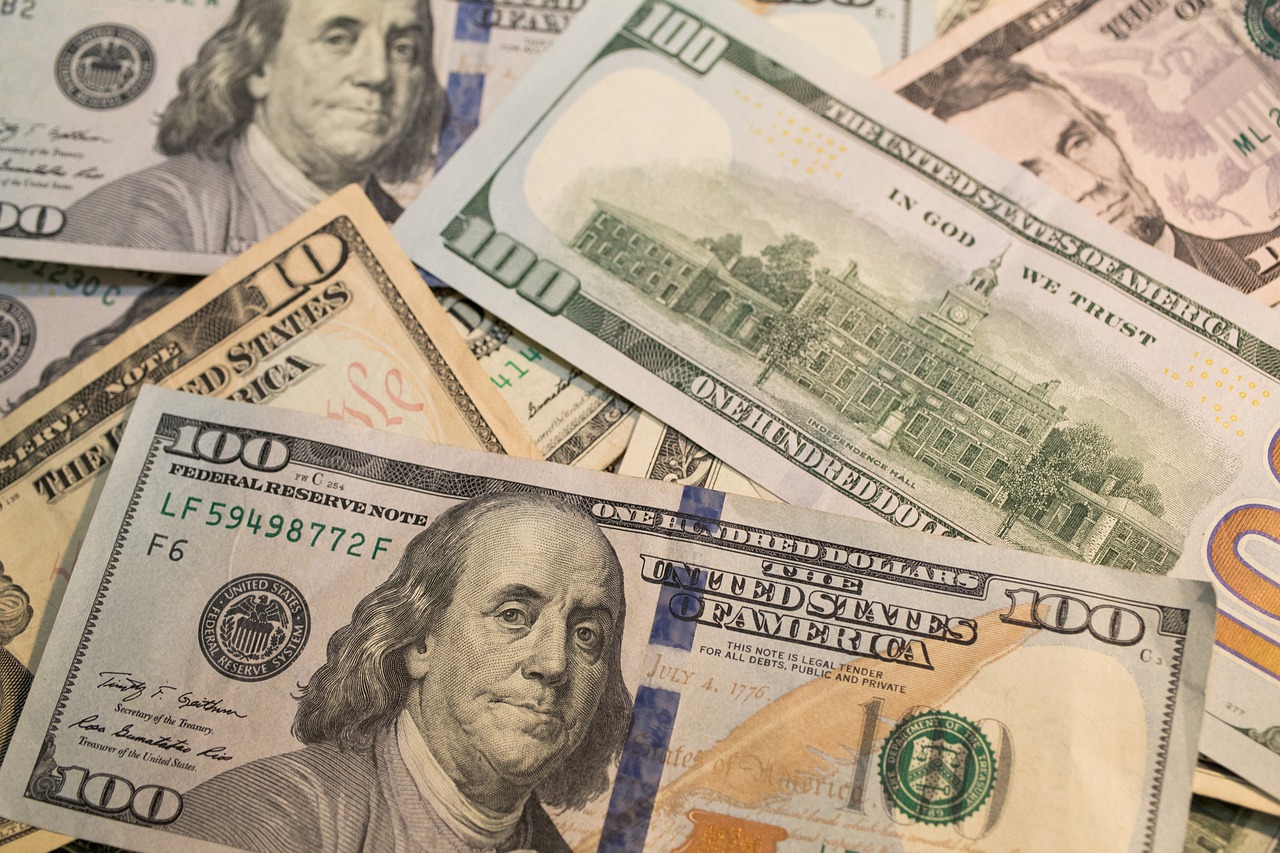

The US economy is currently experiencing shortages in key inputs such as chips and labour that are delaying the recovery. Yet exceptional productivity growth could make the Bloomberg survey forecast for 2021 GDP above 6% achievable.
The pandemic is unusual in many aspects, especially for the behaviour of employment and productivity growth (Chart 1). In a typical recession, labour productivity growth and hours worked fall in the down phase as firms adjust labour by less than sales. They do this, for instance, because they know that rehiring workers after the recession will be costly. Consequently, in the recovery, firms typically increase employment with a lag relative to their sales increase. As a result, productivity goes through a cyclical recovery before reverting to trend.
This article is only available to Macro Hive subscribers. Sign-up to receive world-class macro analysis with a daily curated newsletter, podcast, original content from award-winning researchers, cross market strategy, equity insights, trade ideas, crypto flow frameworks, academic paper summaries, explanation and analysis of market-moving events, community investor chat room, and more.
Summary
- Labour shortages are unlikely to improve until autumn. Despite this, unusually strong productivity growth could make the consensus 2021 growth forecast of 6.5% achievable.
- However, falling government transfers, rising inflation and high savings rates suggest demand, not supply, could constrain 2021 growth to a 4.5-5% range.
Market Implications
- Slide in nominal yields, and less so breakevens, to continue.
- US equities to remain rangebound.
Consensus Assumes Labour Supply, Not Demand, Is Driving Growth
The US economy is currently experiencing shortages in key inputs such as chips and labour that are delaying the recovery. Yet exceptional productivity growth could make the Bloomberg survey forecast for 2021 GDP above 6% achievable.
The pandemic is unusual in many aspects, especially for the behaviour of employment and productivity growth (Chart 1). In a typical recession, labour productivity growth and hours worked fall in the down phase as firms adjust labour by less than sales. They do this, for instance, because they know that rehiring workers after the recession will be costly. Consequently, in the recovery, firms typically increase employment with a lag relative to their sales increase. As a result, productivity goes through a cyclical recovery before reverting to trend.
This time, firms have cut employment much faster than usual, which could reflect unprecedented uncertainty around the recession’s depth and duration. Productivity and hours worked consequently increased by much more than in the early stages of a typical recovery. Since then, productivity growth has slowed. But a pickup in computer equipment and the continuation of increased investment in intellectual property (which includes software and patents) suggests it could remain higher than in previous recoveries (Chart 2).
Because firms are not hoarding labour this time, they will likely increase employment in sync with sales provided labour is available. However, labour is unlikely to become more available until autumn. GDP growth could still reach close to the consensus forecast thanks to strong productivity growth.
In reality, demand will soon be more of a constraint on growth due to forthcoming declines in government transfers, high inflation, and still-high savings. Over the remainder of the year, government transfers to households are set to fall, mainly due to pandemic-related unemployment benefits expiring. Since mid-2020, nominal wages have barely kept up with inflation: real wages were essentially the same in April 2021 as July 2020. At 15%, the household savings rate is twice as high as before the pandemic. The jump reflects largely a spike in household risk aversion. I expect the savings rate to fall only moderately as household risk aversion remains elevated.
In my demand-driven scenario, Q3 growth slows markedly because falling government transfers are not offset by faster growth in real labour income. Most of Q3 growth comes from a limited decline in the savings rate. Q4 growth rebounds as government transfers stabilize, and employment growth picks up somewhat. Because consumption represents about 70% of the US economy, this would leave 2021 GDP growth at 4.5-5%. This is the more realistic scenario because it accounts for the impact of demand changes. It also shows that for businesses to benefit fully from their productivity-enhancing investments, demand for their products must last.
Market Consequences
The recent decline in nominal yields and breakevens could well reflect recent news that is negative for growth and medium-term inflation. This includes slower-than-expected non-farm payrolls, higher-than-expected inflation, nominal wage growth below inflation, and an early end of pandemic-related unemployment benefits in red states. If I am correct, consumer data (e.g., retail sales, personal spending, consumer confidence) will likely disappoint. This suggests further downside to nominal yields and breakevens, possibly another 20bp to nominal yields by end-Q3, with breakevens accounting for half of it.
Meanwhile, with growth slowing rather than rolling over, ultra-loose Fed policies, and low bond yields, US equities seem more likely to be rangebound than to sell off hard. However, the risk-return at current valuations is unattractive.
Please note, that this article is a shortened version of a research note available on macrohive.com. If you are interested in finding out more about our Macro Hive Professional offering, please contact us here.
Dominique Dwor-Frecaut is a macro strategist based in Southern California. She has worked on EM and DMs at hedge funds, on the sell side, the NY Fed , the IMF and the World Bank. She publishes the blog Macro Sis that discusses the drivers of macro returns.
